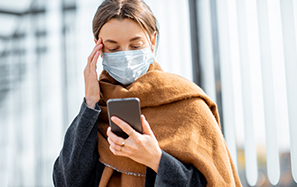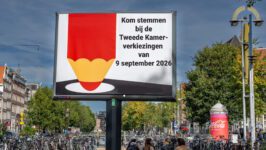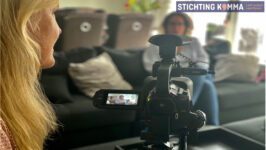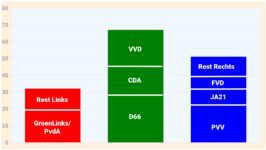What if the spread rate of COVID-19 almost reaches 0? It’s currently estimated that, without any special measures taken to reduce the spread, the COVID-virus has an R0 of 2,2. This means that 1 infected person will infect 2.2 others. Needless to say, if you make sure that an infected person has reduced or no […]
Lees volledig artikel: What if the spread rate of COVID-19 almost reaches 0?
What if the spread rate of COVID-19 almost reaches 0?
It’s currently estimated that, without any special measures taken to reduce the spread, the COVID-virus has an R0 of 2,2. This means that 1 infected person will infect 2.2 others.
Needless to say, if you make sure that an infected person has reduced or no contact with other people during his infection, the R0 will decrease, possibly all the way down to 0.
But in order to achieve a perfect quarantine, the infected person must know of his or her infection at the earliest stage of the disease.
For the time being, the best policy to reduce R0, is to make sure that infected persons have as little social contact as possible. Social contact should especially be avoided with people who have a higher risk of death when contracting the disease. A wide range of measures is being implemented worldwide to achieve this.
This raises some questions
To what extent do these measures work in practice, and how long can these measures be sustained before the cure becomes worse than disease?
It’s clear that a complete lock down, as well as the lighter form practiced in Holland, reduces R0 substantially. Currently, it is estimated that the R0 in the Netherlands is reaching 1,0.
China and South-Korea have managed to reduce their R0 to a value close to 0. But it is questionable whether it is possible to apply this strict approach in Holland, given the differences in culture with these Asian countries.
Finally, the key question will be at what point the social distancing measures can be (slowly) reduced. This is called the exit-strategy. What risks remain and will we be willing to take them? Which activities can be permitted again, and which do we forbid? And finally, given the possible health risks and the declined state of our economic and social infrastructure, what activities are we still able to do? Thus far, little is said about the latter. But it takes little imagination to know that there is still a lot to be said and done about this.
I will devote several blogs to this in the future.
These 6 blogs form a coherent whole:
How great is the danger of the COVID-19 virus really?
The influence of humidity on the spread of the COVID-19 virus
What is happening in the (sub)tropical areas with the spread of COVID-19?
How do we respond to the positive effect of a higher specific humidity?
What if the diffusion rate of COVID-19 has dropped to -near-zero? (This blog)
The enormous economic and social consequences of this pandemic
You have just read: What if the spread rate of COVID-19 almost reaches 0?







